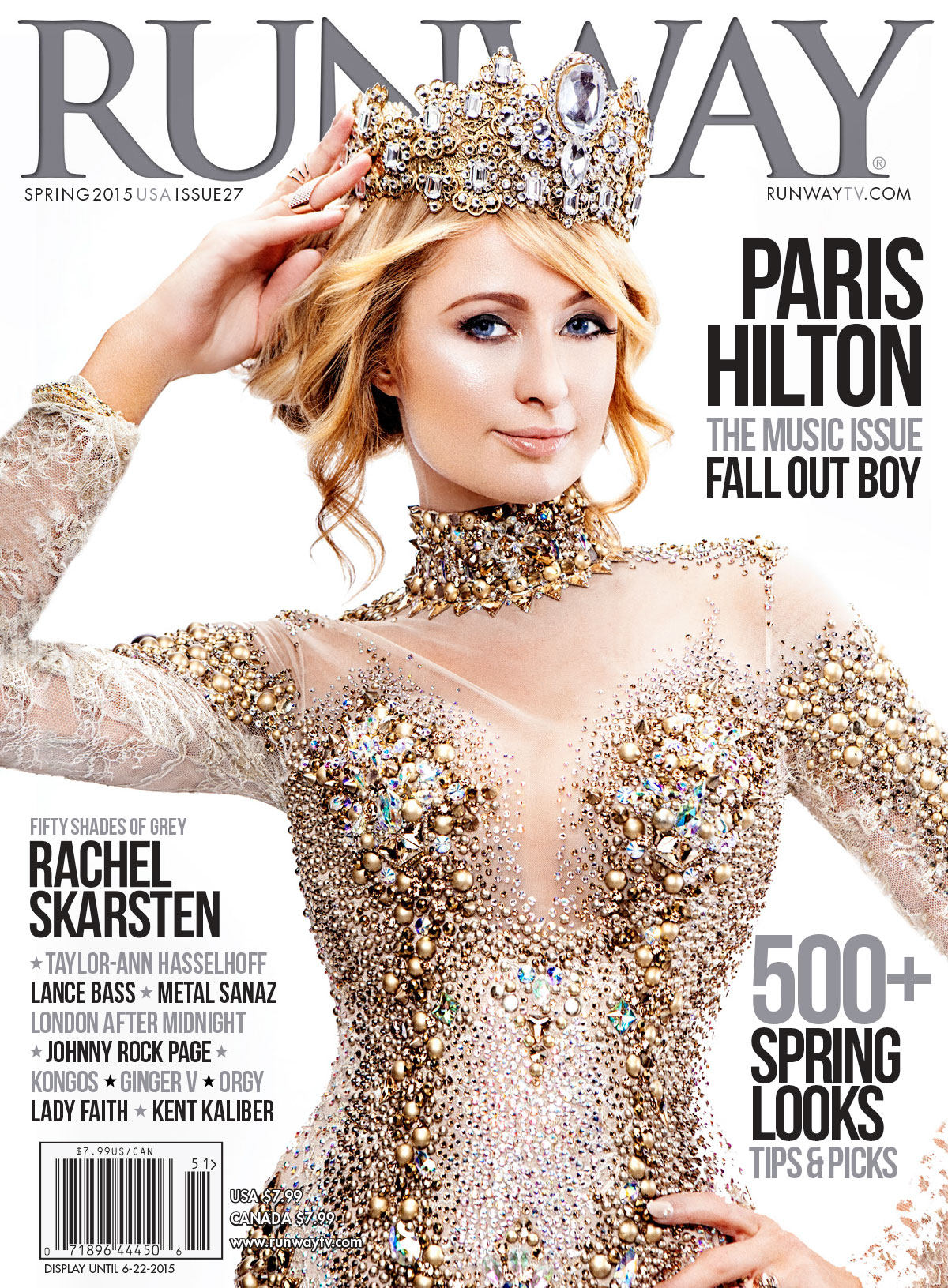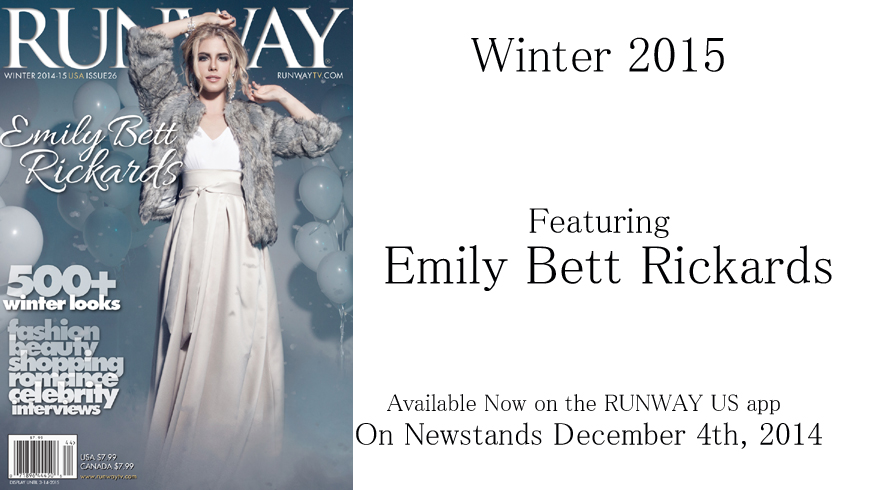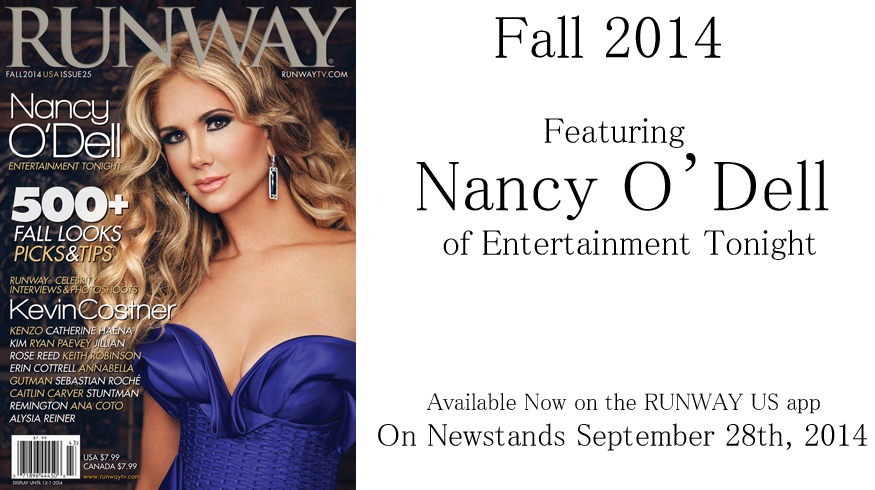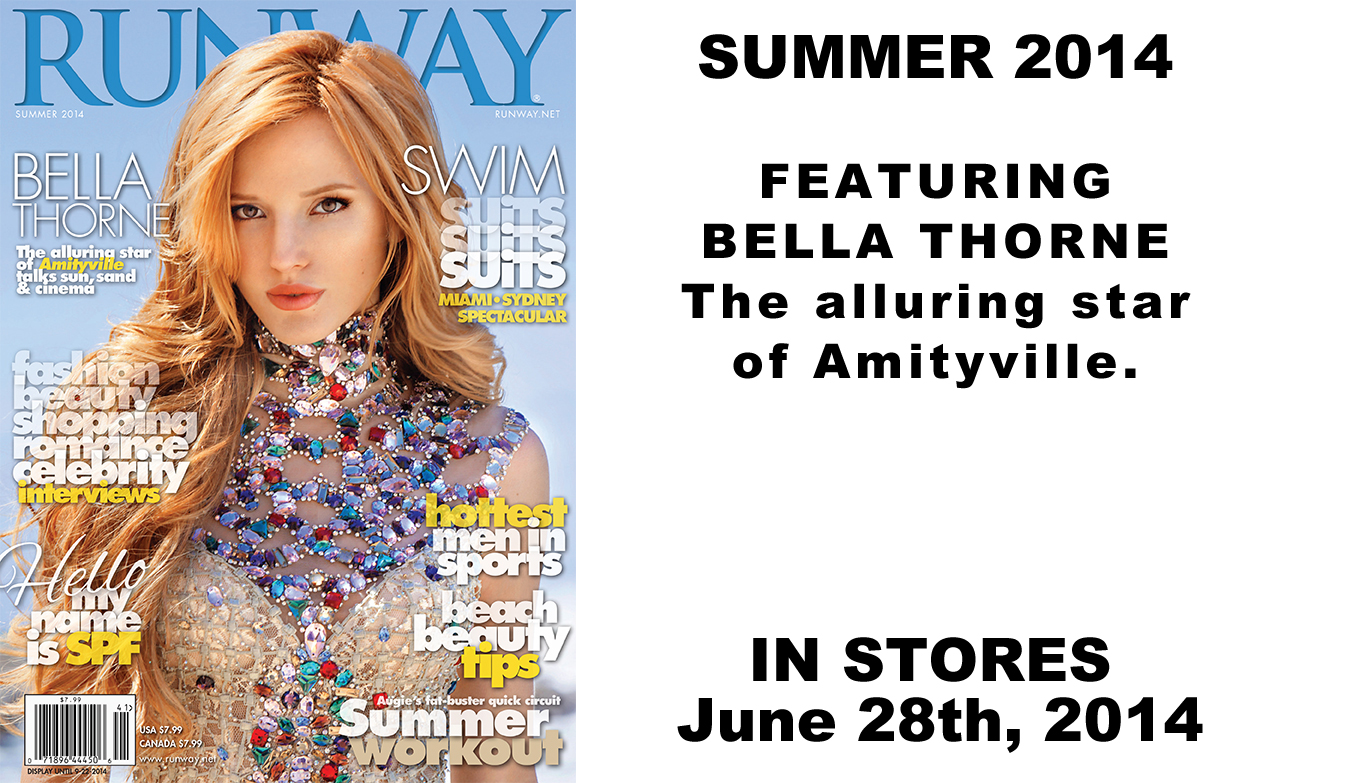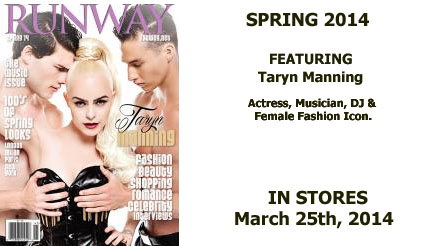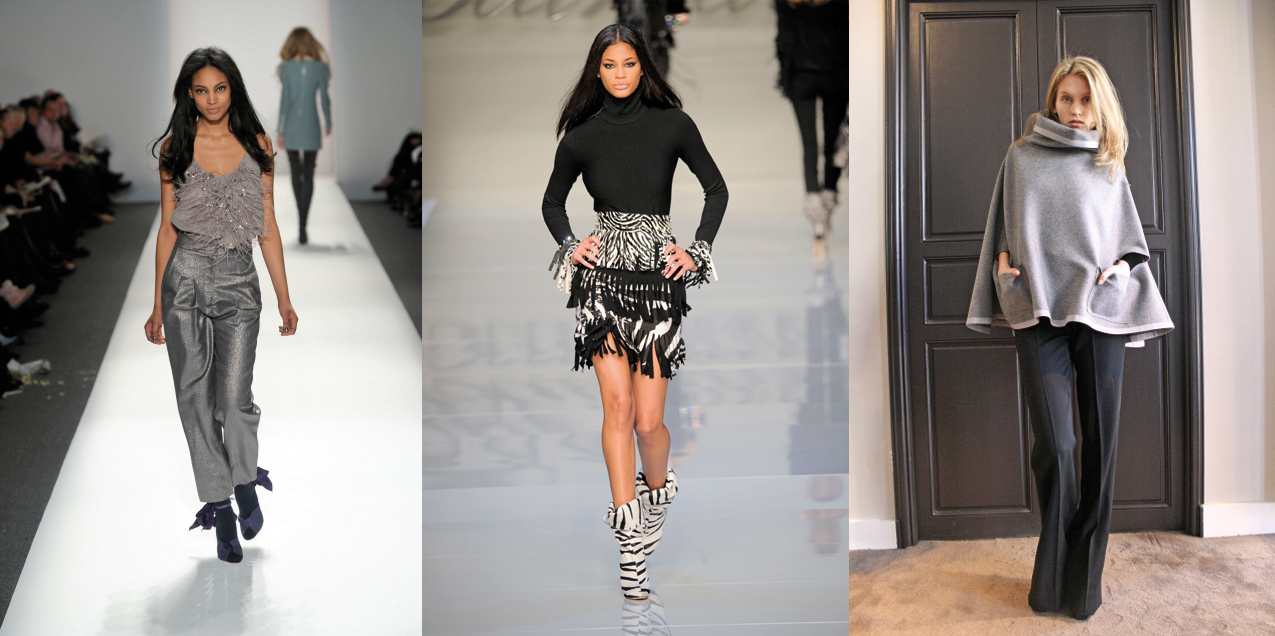Sexy Turtlenecks
Yes, you are reading correctly. One of the biggest trends of the A/W 2010 shows is not just the ordinary turtleneck, but rather, sexy turtlenecks. We were surprised too, until we saw them. With the heavy amounts of emphasis designers have placed on embellishments, cutouts, silhouettes and fabrics, sexy turtlenecks are real!
This quintessential winter staple started off as work wear for seamen in the beginning of the 20th century and went on to become casual wear for men in 1920, a trend started by Sir Noel Coward. It wasn’t until the 1950s that the turtleneck, or polo neck in the UK, became a fad amongst teenage girls. Around this time, the turtleneck was also synonymous with the look of the Beatnik, infamously at work with a matching beret. In fact, film icon Audrey Hepburn adopted the black turtleneck as one of her fashion staples, creating the first known image of a trendy turtleneck. Today, fabric variations, such as cashmere and silk blends, have helped to add a luxe ambiance to a traditionally casual look.
The sexy turtleneck has to be the simplest trend to adopt because it’s being seen in so many fabrics and colors. Michael Kors showed a variety of turtlenecks and cowl necks in neutrals such as camel and steel grey. Like other designers, he keeps the complete silhouette of the outfit slim, the look sleek and sexy. Fur trims, cutouts and cropped styles are other ways in which the traditional turtleneck become a sexier piece this season.
How to wear it:
Fabric: Cashmere, lightweight wool and silk blends are the optimal fabrics to keep the style sexy.
Pair with: Pencil skirts, leather pants and other slim bottoms are key to the sleek look you’re trying to portray.
Extras: Fur trims are a nice way to include another trend of the Fall 2010 season. A loose crop fit will also allow you to show a little skin.
Key notes: Keep the silhouette very slim! If the neck bothers you, opt for a mock neck, which is a similar look with less material around the throat area.
Capes
Capes seem to have had a long and more consistent presence in fashion history, from medieval times to the Victorian era, from the Roman Catholic clergy to police forces and superheroes. Its ability to provide warmth without crushing the clothes underneath and to provide full protection from rain has made it a staple that reinvents its self time and time again. (Its sister, the poncho, is a shorter, lighter version of the cape that originated in the Andes.)
The A/W 2010 shows presented us with a larger than normal amount of outerwear, so it’s only expected that we would see the reintroduction of the cape. If you already own a good trench coat, wool coat or even (faux) fur coat this should definitely be your next purchase. In the case of the cape, the European designers fully hit it on the nail, capturing the elegance really needed to pull off this style. For a casual look, Salvatore Ferragamo presented an all-black, hooded cape, complete with large hood and lots of draping in the bodice.
How to wear it:
Fabric: This is a luxurious piece, so investing in quality wool is key to keeping the essence of the look. Purchasing a poly blend will start to make this style more costume-y and less trendy.
Pair with: Anything. More casual cloaks can be worn with jeans, lace-up booties and a nice fitted turtleneck. If you opt for a fancier cape, it can be worn as the perfect cover up for an evening gown.
Extras: Givenchy makes one with faux leather lining, or for added warmth, opt for a cozy shearling interior.
Key notes: Have it tailored if necessary – don’t allow it to hang too far down past your hands and make sure the darts in the shoulders and chest match up perfectly with your shape. You don’t want to look as if the coat is overwhelming your frame.
Pleated Mini Skirts
Pleated miniskirts are back this season and come in an array of pleat types and fabrics, making it suitable for lots of occasions.
It’s hard to say where the pleated mini skirt originated; the actual concept in its entirety might have, in fact, started on the runways. Pleats have been around for centuries for decorative and practical purposes in both apparel and interior decorating. We all know pleats are used on blouses, trousers and maxi or midi skirts. The mini skirt was born of the 1960s during the Mod era, but it appears as though the mini pleated skirt didn’t come around until the school-girl uniform was created, and with it, a (ahem) new appreciation for the style. Since then, designers have updated the skirt with various fabrics and types of pleats, to bring it to a more mature level.
Speaking of pleats, A/W 2010 appeared to be the season of subtle pleats. Designers showed them as waves – as opposed to crimps – in order to give a subtle volume. Additionally, the common trend of the asymmetric hemline was added to this style. Zac Posen’s collection was one in which this style was seen in a variety of ways; there was a loose subtle pleat in a chocolate satin as well as a more structured box pleat on a mini corseted dress. For a funkier twist, Nanette Lepore had a really eclectic pleated skirt in a boucle material. The key to all of the styles was what the skirts were paired with.
How to wear it:
Fabric: Wool for day and a silk or satin blend for evening.
Pair with: Keep it looking grown-up with more age-suited hairstyles (no pig-tails!) and avoid extremes like stilettos. Wedge booties or oxfords are good footwear choices with this trend.
Extras: Look for a pleated mini skirt with an uneven hemline; it’ll look more updated and less traditional than other pleated skirts.
Key notes: Stick to prints other than argyles or plaid; even a simple solid skirt in a rich fabric will avoid that school-girl look.
Wide Leg Trousers
This season the skinny jean, stovepipe leg and hot pant took a back burner. A/W 2010 was all about sensuality and not sexuality, allowing women to wear slightly looser clothes yet maintain their femininity. The designers presented this idea to us via wide leg slacks and harem pants.
Trousers didn’t become a trendy or acceptable item for women to wear until the late 1960s, and in fact were prohibited clothing in many public places such as work, school and restaurants. Fashion icons such as Marlene Dietrich, Katherine Hepburn and Audrey Hepburn were some of the first females seen with fashionable trousers in public, but it still took a while before the style stuck. These days, the wide leg pant is a common style in fashion; comfort and wearability make it a favorite for wide variety of women.
Harem pants, or Turkish pants, are commonly thought to be a middle-eastern style as they are often seen in movies as well as on belly dancers. It is unknown how this style of dress relates historically to the Middle East. Famous rap musician MC Hammer popularized the style briefly the 1980s, but generally, the harem pant, which flooded the runways several seasons ago, has been a tough trend for most women because of its challenging proportions.
This season the designers kept wide leg trousers simple and traditional. Many of them were seen in rich colors and fabrics, with simple details such as tab waists and cuffed hems. Camel, the color of the season, was seen the most in this style, usually in a wool or cashmere fabric. Zac Posen had a beautiful camel wide leg trouser in a retro 70s style and complete with a high waist and paired silk blouse. New designer label The Row had a lot more fun with the wide leg trouser, keeping the style low on the waist in silk and satin fabrics.
Vivienne Tam intelligently structured the harem pant so that there were no extremes. The main concept of the harem pant is that it should be loose in the crotch area but tapered towards the ankle. The drastic contrast however can make for a complicated fit; creating a harem pant that understands subtle is the key, and was a great way of re-introducing this style to the public. What’s made this style more wearable is change in fabrics – designers this season presented this style in wool, twill and cotton sateen, lending a more structured and rich look.
How to wear it:
Fabrics: For the harem pant, a heavy structured fabric, like wool or cotton twill, is best to avoid heavy sagging. You can be more flexible with the wide legged pant; keep it traditional with wool or spice it up with a loose satin.
Pair with: For both styles, a fitted structured top works really well, whether a fancy silk ruffle blouse or a simple white button down.
Extras: Both of these styles work best when kept simple. Small additions such as a tabbed waist (or cuff in the case of the harem pants) add enough small detail to make it interesting.
Key notes: Avoid too much volume up top. Volume all over can present a very unflattering silhouette.


























